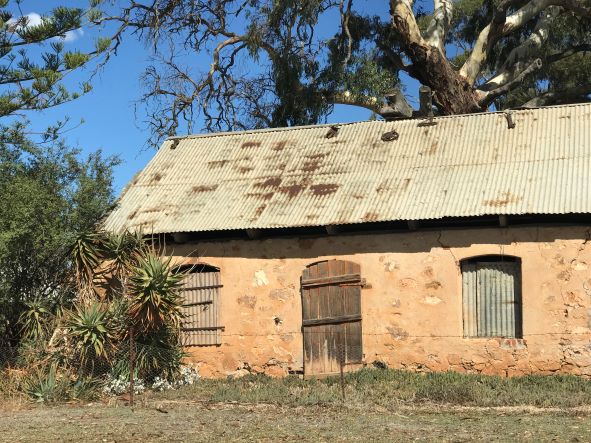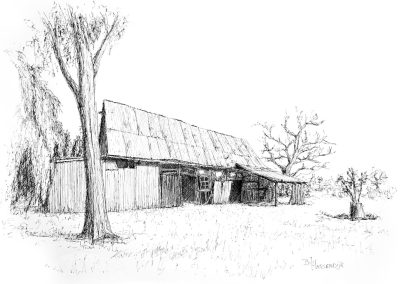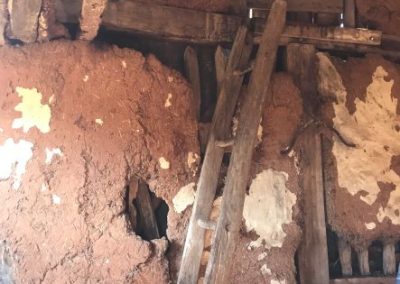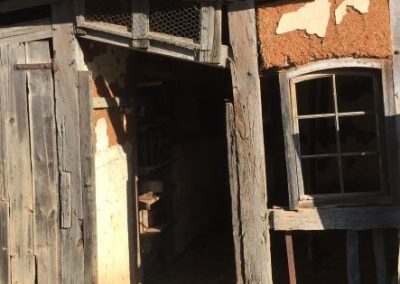How do you decide what to do with a heritage building? Do you conserve or restore it? Or just preserve it? What do these terms even mean?
Conservation. This is the process of maintaining and managing change to a heritage asset in a way that sustains and where appropriate enhances its significance. The aim is to protect the material, historical and design integrity of the building. As much of the original building materials and structure as possible is kept. Any repairs or changes should be reversible if possible, and not alter the original building materials. A good rule of thumb is to do no more than is necessary to a heritage building.
Preservation. This focuses on the maintenance and repair of existing historic materials and retention of a property’s form as it has evolved over time. In preserving a building, the most important consideration is to protect and maintain as much of the original material as possible, in order to save it from further destruction. To retain the maximum amount of building fabric, repairs must be done with minimal or no changes to the original building fabric and in like materials, and if possible using the same methods as when it was first created.

Luhrs cottage, Light Pass, has been beautifully restored
Restoration. Webster’s New Collegiate Dictionary (1975) defines restoration as “a bringing back to a former position or condition.” Given that buildings change over time, the restorer decides the most desirable period of the building’s life and does whatever is needed to restore the appearance to that period. Any evidence of other periods is removed.
Other options include
Rehabilitation. The property is altered, or additions made to meet continuing or changing uses, but the property’s historic character is maintained.
Reconstruction. Vanished or non-surviving portions of a property are reconstructed for interpretive purposes.
Renovation. The building is changed to look like new. In this process, the building itself does not impose restrictions on how it is treated. Its historical features, materials and methods of construction are not considered critical to save.
Often, elements from the different approaches may be combined. There are a variety of factors to consider when choosing which approach to use. These include the building’s
- historical significance. Does it contain important architectural features, or examples of old techniques, or the work of a particular craftsman? Does it have cultural significance?
- physical condition. What is the condition of the original materials? Are they able to be saved? Has the building been altered over time, and are the alterations an important part of the building’s history?
- proposed use. Will the building be used as it was historically or will it be given a new use?
- intended interpretation. How is the building intended to be seen now? Is it for taking people back to a particular period in time, or for showing them the techniques used, or the changes (including deterioration) that have occurred over the building’s history?
If conservation is the aim, the South Australian Government suggest these elements should be considered:
- respect the historical context
- identify the likely impact of change on the cultural significance of the place
- avoid uses that dilute or obscure cultural significance
- give preference to reversible changes
- give preference to additions and alterations which reinforce and do not blur historical appearance
- store material unavoidably removed for possible future reinstatement.
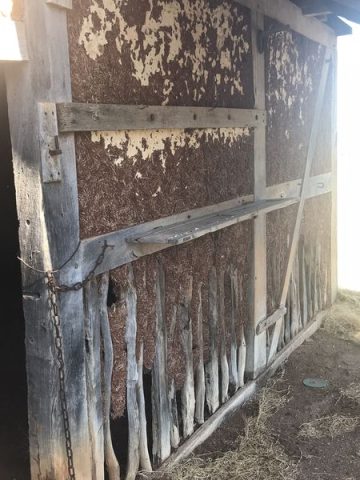
What approach has been chosen for Rechner Cottage?
We have chosen to go with conservation, rather than restoration. We believe this will secure the integrity of the building and honour its heritage significance. Conservation will allow visitors to see and appreciate the unique architectural features.
We are preserving as much of the original materials as possible. Beams will be re-used, unless their condition is so bad this is not feasible. In that case, they will be left in place, and supporting beams in like materials placed next to them. The roofing is not able to be saved, as it is rusty and does not provide protection from the elements for the structure underneath. It will be replaced with new roofing with a similar profile, and the appearance of this will age over time. We will save what parts of the original pug we can.
We plan to re-pug and lime the walls, as it would originally have been done, but want to have a section where the timber is not infilled. This will be preserved as it is (protected by glass or Perspex), so that visitors can see the method of construction. They will be able to see the identification marks on the beams, and many other features which would be hidden by a complete restoration.
There are already several restored buildings in Light Pass which visitors can view. Our conservation plans will complement Luhrs Cottage, which sits just across Light Pass Road, where visitors can see a pug cottage as it was originally. With Rechner Cottage we will be able to show the ‘inside skin’ – the techniques and degree of craftsmanship that went into even humble dwellings. Visitors will also see the ongoing history; how over time buildings were adapted to suit changing needs and circumstances.
Along with the conservation of the building, we are also seeking to discover and showcase the living cultural history – the part the cottage has played in the lives of the people of Light Pass, and the changes that have occurred in the community over time.
References.
Department for Environment and Water – Conserving our heritage
Useful Link
The Burra Charter is a set of principles used to guide conservation policy across Australia.

